Are you asking about why they're named like that? They are named that way because of how the transistor behaves in those mentioned states.
So basically the common ones you will encounter are the cut-off, active and the saturation regions. The reverse active region, i have read that it has some applications in the digital world but i have little knowledge on this but i will try to explain why it's called like that. Going back to the three common regions, you can just say it's the transistor's "fully off", "controlled" and "fully on" states respectively.
Before we go further, i would just throw it in here that the base pin of a transistor is the one responsible for turning on and off the device. This pin controls how current flows from collector to emitter.
So let's take an NPN transistor: (googled)

- Cut-off Region - From the table you have provided, the base has very little voltage applied to it. So this means that very little current is flowing from the collector to emitter. That's why it is called cut-off because current flowing is "cut" or simply "off"
- Saturation Region - I decided to discuss saturation before active region because it might help in understanding the concept easier. Saturation is when the voltage in the base pin is so high that "saturation" means it cannot amplify any further. As stated earlier "fully on".
- Active Region - Having mentioned that the cutoff and the saturation regions are its fully off and fully on states respectively, Active is in the middle. This is where you would be able to control the amplification of the transistor. Adjusting the input at the base pin will determine the amplification. Increasing voltage significantly will bring you closer to the saturation region and decreasing it will bring you closer to the cut-off region. This is what i meant by "control", changes in the base pin brings about changes in the performance as well. That is also why it's called "Active".
- Reverse-Active Region - The polarization is similar with the active region but only in reverse. The thing here is that it can't amplify like the Active region.
Hope this helps you!
References:
http://www.ee.columbia.edu/~bbathula/courses/SSDT/lect06.pdf
Also, try looking at these slides:
https://www.wisc-online.com/learn/career-clusters/stem/sse3603/active-region-operation-of-a-transistor


